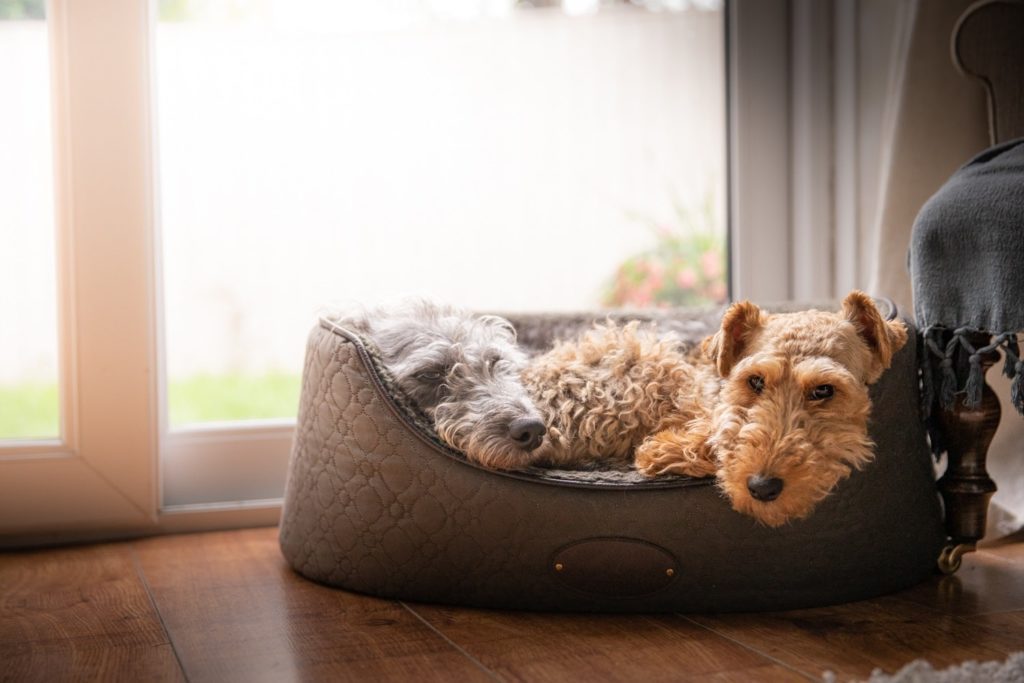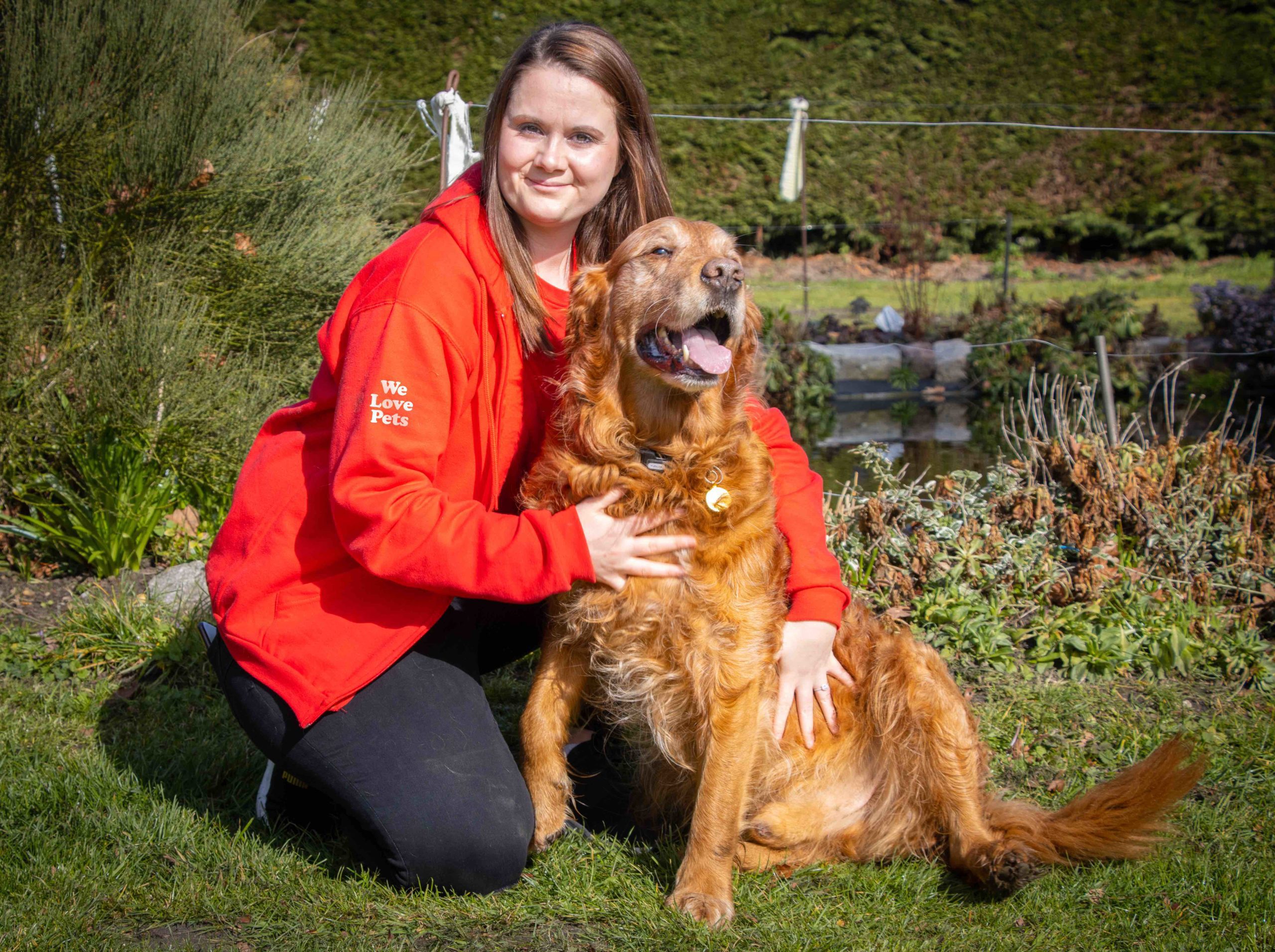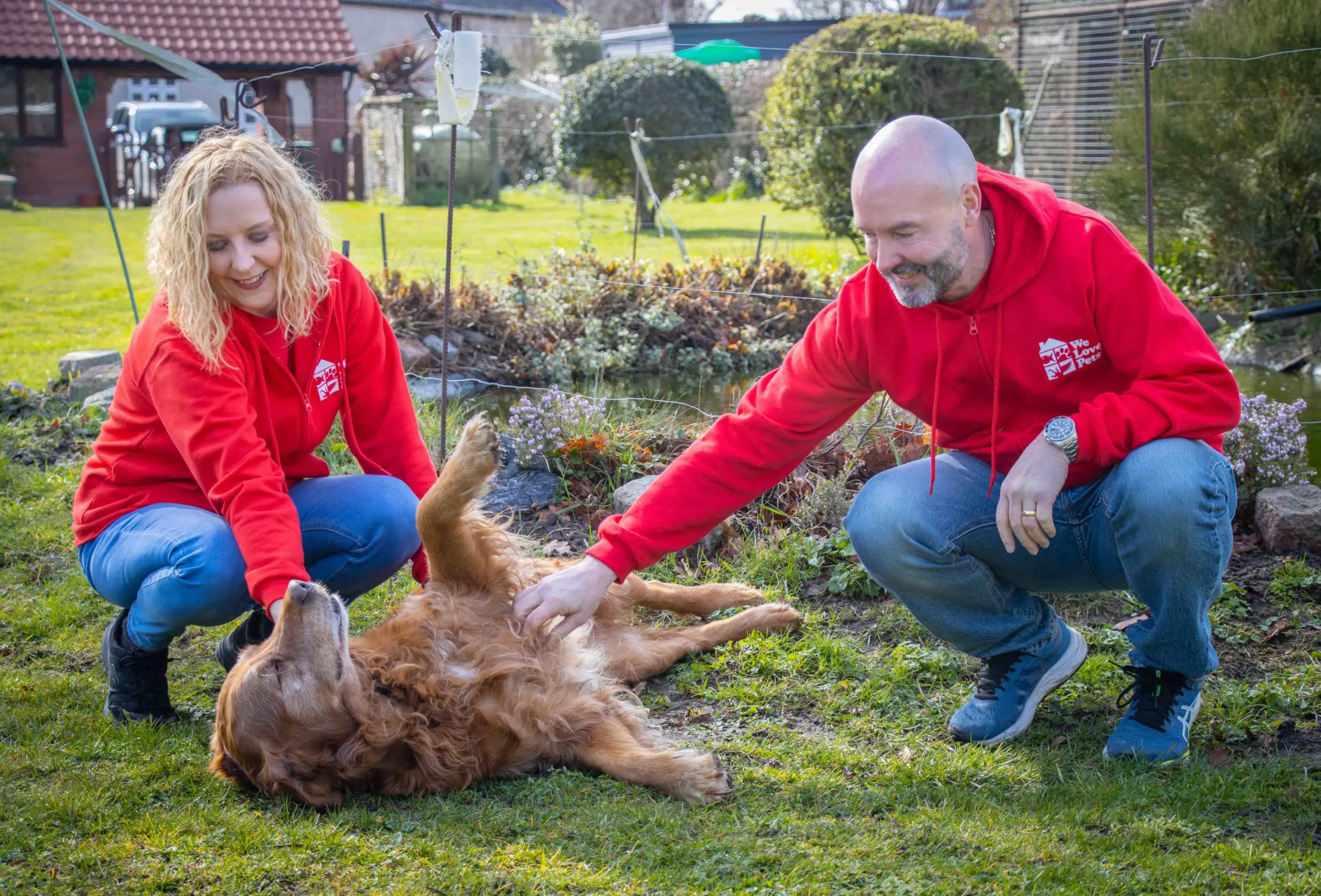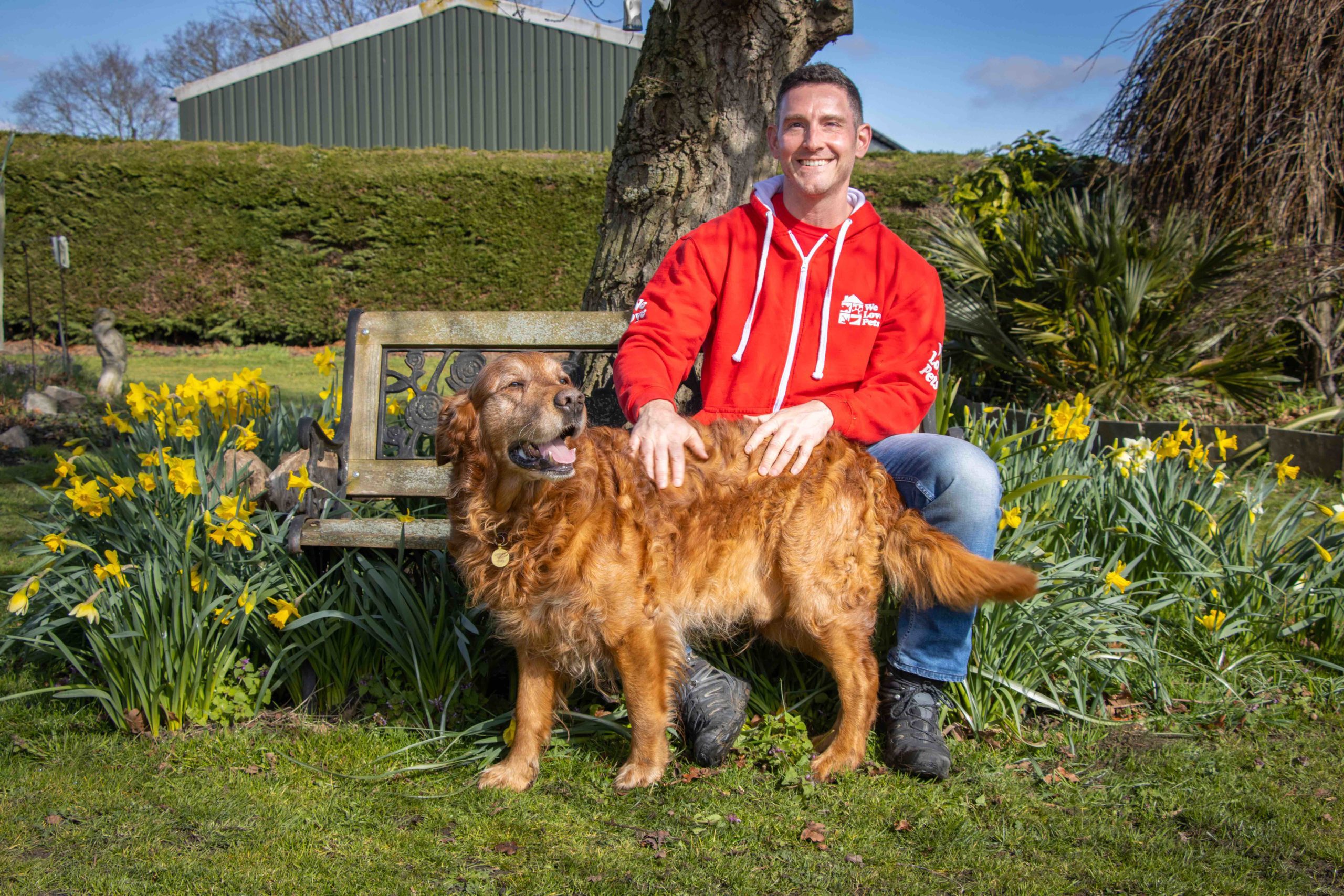It might be awkward to talk about it but obesity is a very common and dangerous threat to our pets’ health. So why aren’t we talking about it, and furthermore, how can we tackle it?
What is obesity in pets?
Obesity can be classified as the intake of food in the form of calorie or energy being greater than the calories or energy burned. This will lead to the excess calories being deposited in the body in the form of fat.
How do we know if our pet is obese?
One thing we can do is body condition score our pets. We should be able to feel the ribs, spine and hip bones but not see them. The waist should be visible when viewed from above and the abdomen should be tucked up when viewed from the side and not sagging down. If using a body condition score scale of 1- 5, the ideal weight score would be 3 ( 1 is underweight & 5 is obese).
How serious is the problem?
Obesity is more serious than just being overweight because it means that the fat level is now at a stage where good health is difficult for the body to maintain. In 2018 obesity was actually classed as a disease by the World Small Animal Veterinary Association. It stated that 59% of dogs and 53% of cats across the world fell into this category.
In the UK, a study by the Royal College of Veterinary Surgeons that ran from 2009-2013 highlighted that 1 in 20 vet visits were due to obesity. A large proportion of these visits were dogs over the age of 5 years and more than a quarter of them were cats. An even more recent study done by Direct Line Pet Insurance in 2019 resulted in 1.7 million dog owners and 1 million cat owners being told by their vet that their pet was overweight.
Carrying excess fat puts strain on the body and internal organs, joints and bones. It is no different in our pets. Diabetes is of higher risk and respiratory issues will develop as fat builds up around the lungs. This in turn will reduce exercise tolerance and will increase the anaesthetic risk should your pet need to be anaesthetised for an operation.
Why are pets becoming obese?
Owners not recognising their pets are obese is part of the problem. When you see your dog every day, a dog gradually getting larger over time begins to look normal. With so many overweight dogs about, people can forget what a ‘normal ‘ healthy weight dog looks like and it can be more difficult to know what a breed standard weight should be.
If a dog’s calorie intake has to match how much they expend in energy to maintain weight, overfeeding is the number one cause of obesity. Since dogs don’t feed themselves and rely on their owners, it is our responsibility to keep check on amount consumed vs exercise taken. A dog only eating a ‘small’ amount of food in their owner’s eye and then sleeping most of the day and only going out to toilet is bound to result in weight gain.
A large proportion of owners feed a complete dry food but many are not weighing the amount they feed according to the manufacturer’s feeding guide, which ultimately leads to weight gain. A bowl of dry food may not look much in the bowl, especially a good quality, fixed formula food as the amounts that need to be fed are often less. If, however, this food had warm water added to it and was left in the bowl overnight you may be surprised at how much it swells up in volume. This is what will be happening in the stomach.
Some dogs have the ability to convince their owners they are hungry all of the time but this might just be an attention seeking thing and not about the food at all. We must try not to make treats a constant supply or they simply are no longer treats!
The role of our pets has also changed. If we look back at the breeds that were around over 50 yrs ago there were a lot more working dogs that had a job to do leading a very active life. Today’s dogs tend to be more for companionship and as a result are more pampered.
Cats and obesity
Cats tend to be grazers so measuring the daily quantity to be fed in the morning and setting it aside in a container using it to trickle feed through the day is a good idea. This is much better than ad lib feeding or pouring a mound of kibbles in a bowl to the top and your cat eating from this throughout the day. Obese cats can also find it hard to groom themselves and this results in matted hair and flaky dry skin.
There are an increased number of indoor cats so the opportunity to exercise, going out hunting, covering a territory and carrying out their natural instinct is lost. Therefore owners need to encourage play at home with toys for both mental and physical stimulation.
What can we do about obesity?
A program of weight loss takes time to be done safely. Cats in particular should not be put on a ‘crash’ diet as this can induce a serious condition called hepatic lipidosis (build up of fat cells in the liver).
There may of course be a medical reason why the pet is gaining weight. An under active thyroid slowing the metabolism, or joint pain which is restricting the ability to exercise.
One of the first things we can do is to check we actually have our dog or cat on the right food for its age and exercise levels. Are we actually following the feeding guide on the packaging? If a 10 year old Springer Spaniel who is a family pet and not being worked as a gun dog is being fed a working dog food, there is a likelihood that this dog will gain weight. A working breed that is a family pet does not require the high calorie content of a gun dog in full work during the shooting season.
Twice daily feeding is preferable to once daily feeding. If a dog is actually on a diet then splitting the measured daily amount into morning, lunch and afternoon feeds may help further with weight loss as the process of digestion will burn calories. The dog will also be fooled into thinking it is getting ‘extra’ food.
If your dog is used to treats then you can keep back some of its daily food to use. Carrots and cucumber are also less calorific and most dogs love to crunch on a bit of carrot.
When managing weight through exercise, a dog must be walked everyday. The amount varies on the individual needs and is dependant on age, breed and general health. Ideally a walk off lead for 30 minutes to 2 hours daily (1 hour in the morning and 1 hour in the afternoon). Working breeds need the most exercise and need the time off lead to run and explore tending to their instincts.
Cats being the solitary creatures that they are tend to do what they want. Playtime on an evening when they tend to come to life can help burn up the calories especially with cats that spend a lot of their time indoors.
Do pets comfort eat?
Some experts believe cats and dogs may want to eat more as it is a symptom of underlying feelings of unhappiness and stress. This emotional eating may be a coping mechanism to deal with factors such as boredom, depression and anxiety. We may therefore need to look at the cause of weight gain being an emotional problem. In some cases this is highlighted in the form of pester power to gain more food in the bowl. The process of eating may give the the dog the hit of appeasement it needs as it enjoys the feeling that eating gives.
It is much easier to maintain weight than it is to try and lose it, so we must try not to allow our pets to tip the scales in the wrong direction. Quarterly weigh-ins at the vets can help keep our dogs in shape with minor fluctuations being picked up on in the different seasons. Most dogs tend to slim down a bit more in the summer months as they will be spending more time outside in the better weather on longer walks. Keeping a fit, healthy pet is a happy pet and a happy pet means a happy owner!




